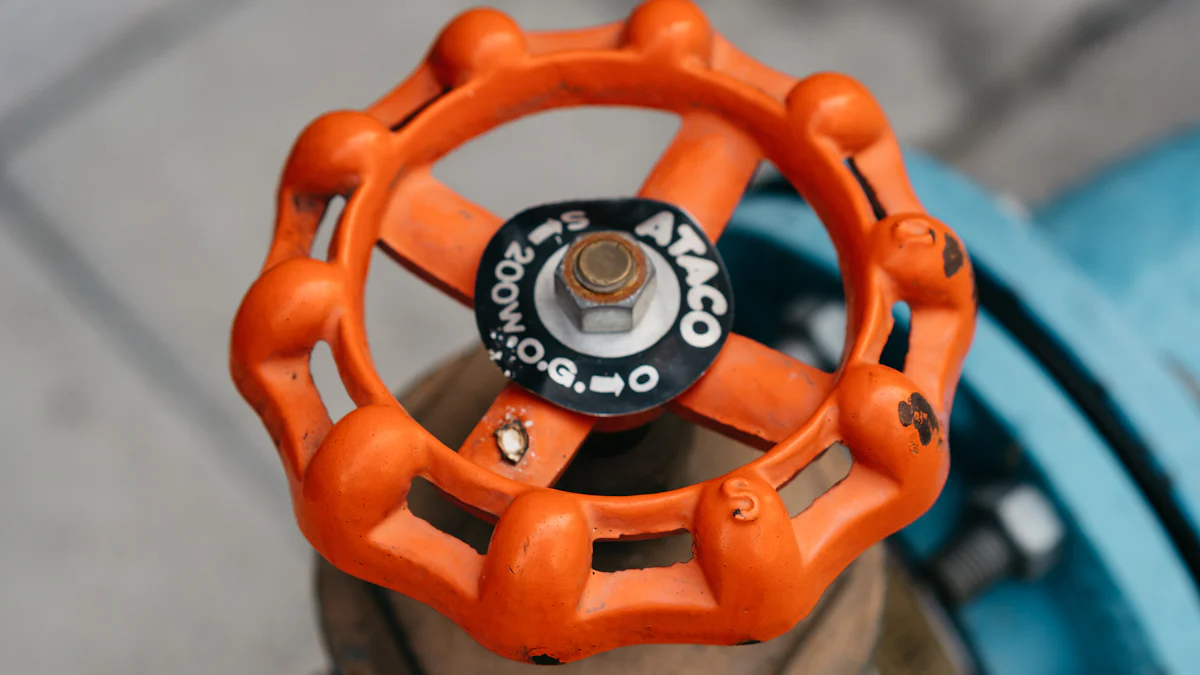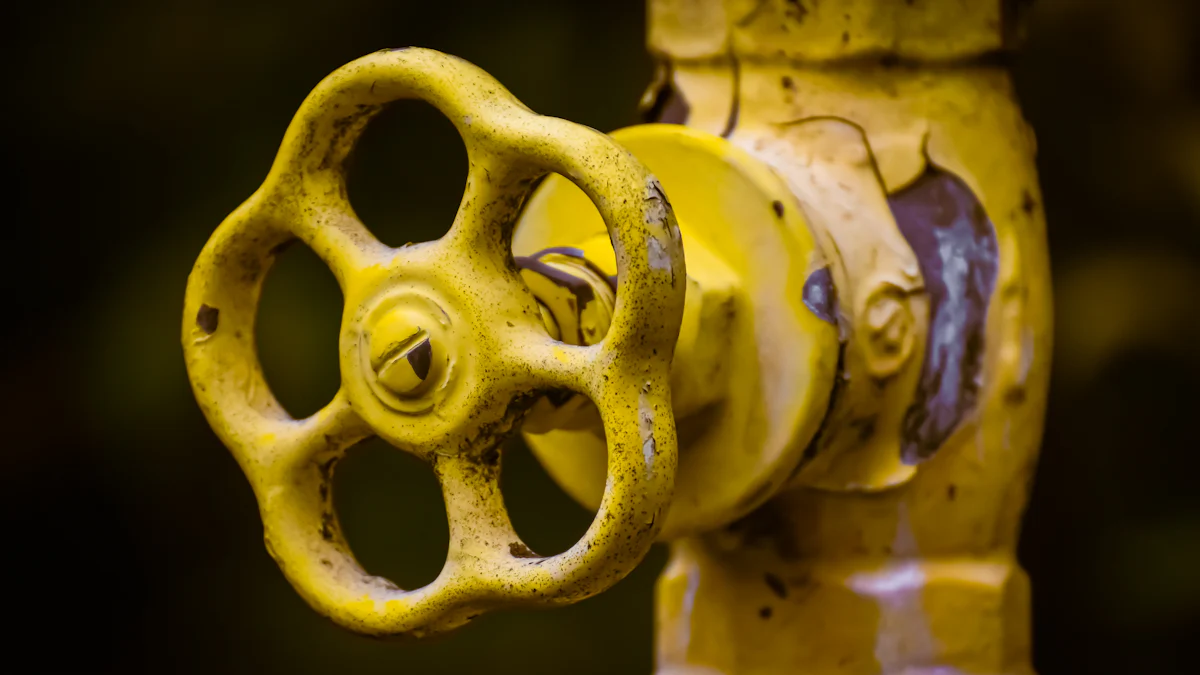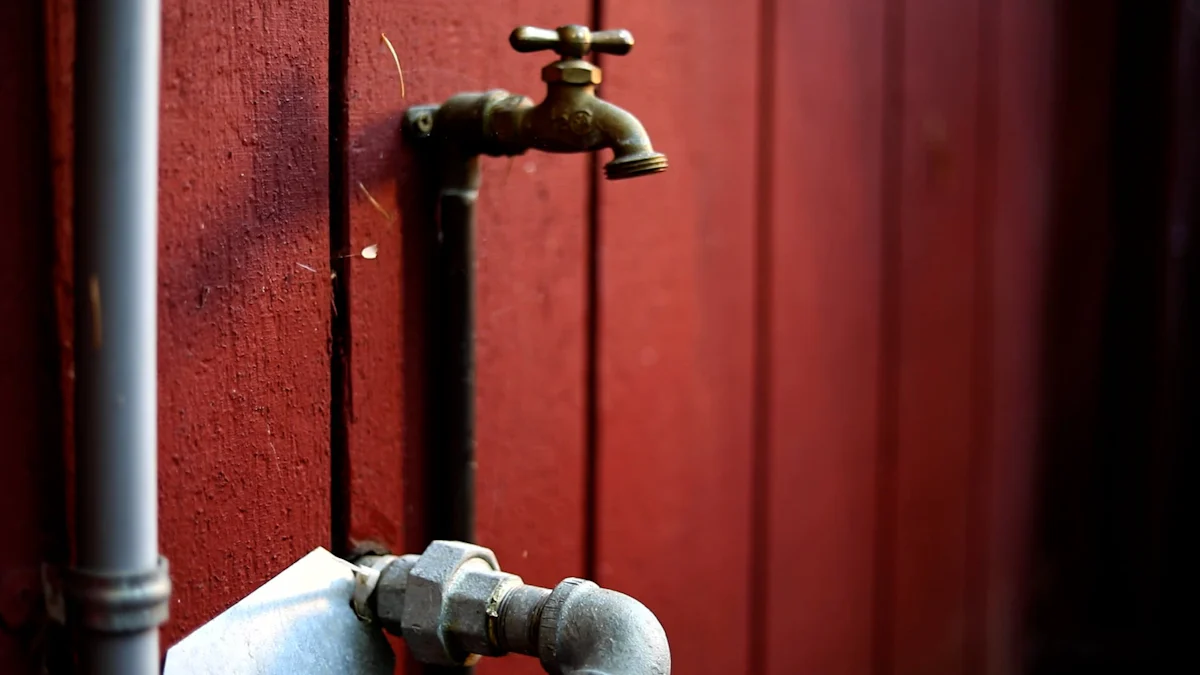
Knowing how to use a water cut off tool can prevent significant property damage. Water damage ranks as the second most common home insurance claim, with 14,000 U.S. residents filing claims daily. Emergencies like burst pipes or leaks require quick action. The water cut off tool helps you stop the water flow immediately. This tool consists of a handle with prongs or a slot that fits over the meter valve. Proper use of this tool can save you from costly repairs and extensive water damage.
Understanding the Water Shut Off Tool

What is a Water Shut Off Tool?
A water cut off tool is essential for managing your home’s water supply. This tool helps you stop water flow quickly during emergencies. The tool features a handle with prongs or a slot that fits over the meter valve.
Description and Types
Water cut off tools come in various forms. Some common types include:
- Gas/Water Shut-Off Wrench: Useful for both gas and water valves.
- Water Meter Shut-Off Key: Designed specifically for water meters.
- REED’s Standing Shut-Off Tool: Compresses plastic tubes to stop water flow.
Each type serves a specific purpose, so choose the one that fits your needs.
Common Uses
You can use a water cut off tool in several scenarios:
- Shutting off the main water supply during a burst pipe.
- Turning off water to individual fixtures for repairs.
- Stopping water flow to prevent property damage.
These uses highlight the tool’s versatility and importance.
Where to Find the Water Shut Off Valve
Knowing where to find the shut off valve is crucial. This knowledge allows you to act quickly in emergencies.
Locating the Main Shut Off Valve
The main shut off valve controls water flow to your entire home. You can usually find it:
- Near the water meter.
- In the basement or crawl space.
- Close to the street in a utility box.
Look for a wheel (gate valve) or a straight handle (ball valve). Turn the valve clockwise to shut off the water.
Locating Individual Fixture Shut Off Valves
Individual fixture shut off valves control water flow to specific areas like sinks and toilets. You can find these valves:
- Under sinks.
- Behind toilets.
- Near washing machines.
These valves also turn clockwise to stop water flow. Knowing their locations helps you manage smaller issues without affecting the entire house.
Preparing to Use the Water Shut Off Tool
Safety Precautions
Safety should always come first when using a water cut off tool. Follow these steps to ensure safety during the process.
Turning off electrical appliances
Water and electricity do not mix well. Turn off all electrical appliances near the area where you plan to use the water cut off tool. This step helps prevent electrical shocks and other hazards. Ensure that all power sources are safely disconnected before proceeding.
Wearing protective gear
Protective gear is essential for personal safety. Wear gloves to protect your hands from sharp edges or rough surfaces. Safety goggles will shield your eyes from any debris or splashes. Sturdy footwear will protect your feet from potential injuries. Always prioritize safety by wearing the appropriate gear.
Gathering Necessary Tools
Having the right tools on hand makes the job easier and more efficient. Gather all necessary tools before starting the task.
List of tools needed
Here is a list of tools you will need:
- Water cut off tool: Essential for turning off the water supply.
- Adjustable wrench: Useful for additional leverage.
- Lubricant: Helps with stuck or hard-to-turn valves.
- Bucket: Catches any residual water.
- Towel: Wipes up any spills.
Ensure you have these tools ready before you begin.
Checking the condition of the water shut off tool
Inspect the water cut off tool before use. Check for any signs of wear or damage. Ensure the prongs or slot fit securely over the meter valve. A well-maintained tool will function more effectively and safely. Replace any damaged tools to avoid complications during the task.
Step-by-Step Guide to Using the Water Shut Off Tool

Turning Off the Main Water Supply
Step 1: Locate the main shut off valve
Find the main shut off valve. Look near the water meter, in the basement, or in a utility box close to the street. The valve usually has a wheel (gate valve) or a straight handle (ball valve).
Step 2: Position the water cut off tool
Place the water cut off tool over the valve. Ensure the prongs or slot fit securely. A proper fit ensures effective operation.
Step 3: Turn the valve clockwise
Turn the valve clockwise using the water cut off tool. Rotate until the valve stops. This action shuts off the main water supply to your home.
Turning Off Individual Fixture Water Supply
Step 1: Locate the fixture shut off valve
Identify the shut off valve for the specific fixture. Common locations include under sinks, behind toilets, or near washing machines. Each fixture has its own valve.
Step 2: Position the water cut off tool
Place the water cut off tool over the fixture valve. Ensure a secure fit. Proper positioning is crucial for effective operation.
Step 3: Turn the valve clockwise
Turn the valve clockwise using the water cut off tool. Rotate until the valve stops. This action shuts off the water supply to the individual fixture.
Troubleshooting Common Issues
Stuck or Hard-to-Turn Valves
Applying Lubricant
Stuck valves can cause frustration. Apply a lubricant to the valve stem. Use a product designed for plumbing. Allow the lubricant to sit for a few minutes. This process helps loosen the valve.
Using Additional Leverage
Sometimes, additional leverage is necessary. Use an adjustable wrench for extra force. Attach the wrench to the valve handle. Turn the valve slowly and steadily. Avoid using excessive force to prevent damage.
Leaks After Turning Off the Water
Checking for Proper Shut Off
Leaks may occur even after shutting off the water. Check if the valve is fully closed. Turn the valve clockwise until it stops. Ensure no water flows from the fixture. A partially closed valve can cause leaks.
Inspecting for Damaged Valves
Damaged valves can also cause leaks. Inspect the valve for cracks or wear. Replace any faulty components immediately. Use a water-leak detector to catch leaks early. An automatic shut-off system can minimize water damage.
Knowing how to use a water shut off tool can save you from significant property damage. Practice using the tool to ensure quick action during emergencies. Always know the precise location of your shut-off valves. Regularly test and maintain these valves for effective control. Remember to turn off electrical appliances and wear protective gear. Keep essential tools like an adjustable wrench and lubricant handy. Follow these steps to protect your home and avoid costly repairs.
See Also
Scooter Upgrades: High-Quality Parts for Optimal Performance
Winter Bliss: Stay Warm and Cozy with Soft Socks
Dive into Diverse Sock Options for All Genders
